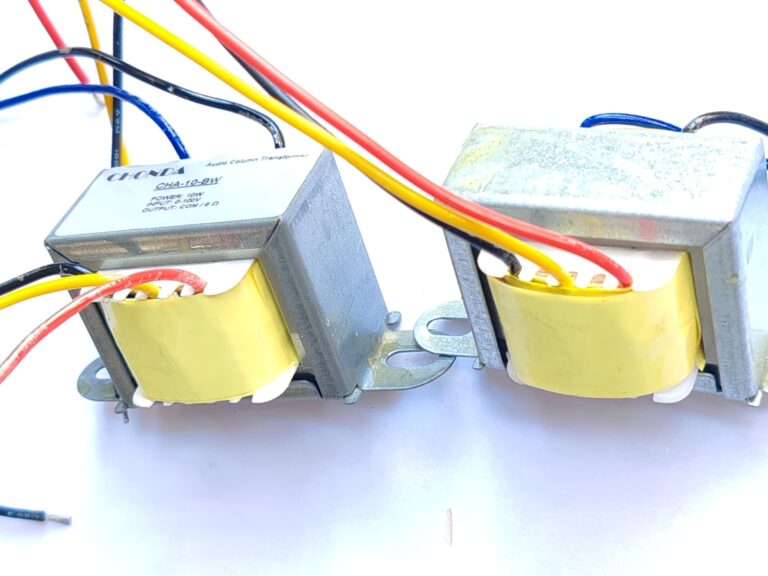We help the world since 2012

Church & Religious Venues Audio: Why Is Church Sound Often Problematic?
In a solemn and serene place of worship, a stable and clear sound system is crucial. Whether it’s a pastor preaching, a choir singing, or special ceremonies such as weddings and memorial services, sound is the bridge that connects believers to their faith.
However, many Church & Religious Venues Audio systems are plagued by noise, echo, and uneven volume. This not only affects the listening experience but also compromises the overall atmosphere. So why are church sound systems so often problematic? Let’s explore the reasons and how to fix them.
Common Church Sound System Problems
Most churches were built decades ago, leading to challenges in acoustic design, outdated wiring, and mismatched equipment. These problems can be categorized into hardware and software issues:
🔌 Hardware-Level Issues
- Circuit Interference → Background Noise: Old or improperly grounded wiring introduces 50/60Hz hum.
- Mixed Equipment → Impedance Mismatch: Devices from different brands often lead to signal loss or distortion.
- Insufficient Power → Sound Distortion: Underpowered amplifiers or speakers distort the audio.
🧠 Software-Level Issues
- Operating Errors → Sudden Failures: Complex controls lead to accidental muting or feedback.
- Design Defects → Uneven Sound Field: Poor layout causes some areas to be too loud or too quiet.
Solution: Use an Audio Impedance Matching Transformer
An Audio Impedance Matching Transformer is a cost-effective and highly efficient solution for many church sound problems. It can:
- Balance input/output impedance to improve signal transmission
- Isolate ground loops, reducing low-frequency hum
- Enhance sound clarity across all devices
Why It’s Ideal for Church & Religious Venues Audio Systems
- ✅ High Compatibility: Works with most existing sound systems and brands
- ✅ Significant Noise Reduction: Cuts power line hum for a cleaner sound
- ✅ Equipment Protection: Prevents overload, extends the lifespan of amps and speakers
- ✅ Easy Installation: Plug-and-play, suitable even for non-technical staff
Real-Life Case: A Century-Old City Church
Background
An old urban church with nearly 100 years of history struggled with audio issues during Christmas and Easter services. Over 500 congregants attended, but the sound system produced humming, distortion, and poor clarity during sermons and choir performances.

Problem Diagnosis
Brother Wang, a church volunteer, had adjusted cables and amplifiers but saw no long-term improvement. A professional audio engineer was brought in and discovered:
- Impedance mismatch between an 8Ω amplifier and 4Ω speakers
- Ground loop interference due to shared circuits with lighting
Solution Implementation
- Installed high-fidelity audio isolation transformers
- Matched impedance (8Ω to 4Ω)
- Cut off ground loop current using magnetic isolation
Results
During the Christmas Eve service, the improvements were clear:
- No more “hiss” in the pastor’s lav mic
- Balanced choral performance—soprano and baritone were clearly defined
One elderly congregant even said, “It’s like removing a layer of fogged glass!”
Impact
The improved sound experience led to a surge in donations toward the church’s sound system fund. Brother Wang shared his experience with others, making this a textbook example of low-cost, high-impact upgrades for traditional church buildings.

Frequently Asked Questions (FAQ)
1. How do I reduce background hum in church audio systems?
Installing an audio impedance matching transformer can isolate ground loop noise and significantly reduce hum.
2. What is the best way to connect mixed audio equipment in religious venues?
Using a transformer ensures all components work with proper impedance levels and clean signal flow across devices.
3. Can I improve church sound quality without replacing the whole system?
Yes, adding impedance matching transformers improves sound without needing a full system overhaul.




